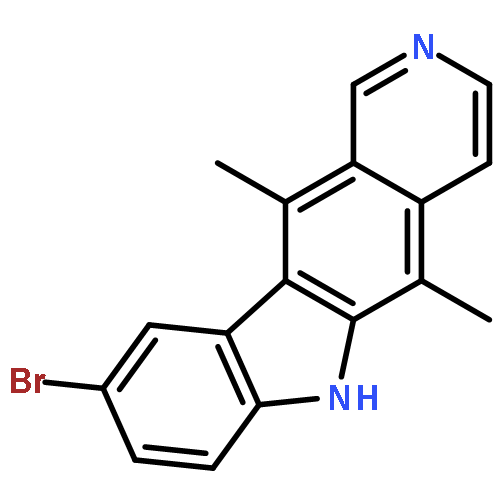Co-reporter: Prakash B. Palde, Ashima Bhaskar, Laura E. Pedró Rosa, Franck Madoux, Peter Chase, Vinayak Gupta, Timothy Spicer, Louis Scampavia, Amit Singh, and Kate S. Carroll
pp: 172
Publication Date(Web):November 2, 2015
DOI: 10.1021/acschembio.5b00517
Development of effective therapies to eradicate persistent, slowly replicating M. tuberculosis (Mtb) represents a significant challenge to controlling the global TB epidemic. To develop such therapies, it is imperative to translate information from metabolome and proteome adaptations of persistent Mtb into the drug discovery screening platforms. To this end, reductive sulfur metabolism is genetically and pharmacologically implicated in survival, pathogenesis, and redox homeostasis of persistent Mtb. Therefore, inhibitors of this pathway are expected to serve as powerful tools in its preclinical and clinical validation as a therapeutic target for eradicating persisters. Here, we establish a first functional HTS platform for identification of APS reductase (APSR) inhibitors, a critical enzyme in the assimilation of sulfate for the biosynthesis of cysteine and other essential sulfur-containing molecules. Our HTS campaign involving 38 350 compounds led to the discovery of three distinct structural classes of APSR inhibitors. A class of bioactive compounds with known pharmacology displayed potent bactericidal activity in wild-type Mtb as well as MDR and XDR clinical isolates. Top compounds showed markedly diminished potency in a conditional ΔAPSR mutant, which could be restored by complementation with Mtb APSR. Furthermore, ITC studies on representative compounds provided evidence for direct engagement of the APSR target. Finally, potent APSR inhibitors significantly decreased the cellular levels of key reduced sulfur-containing metabolites and also induced an oxidative shift in mycothiol redox potential of live Mtb, thus providing functional validation of our screening data. In summary, we have identified first-in-class inhibitors of APSR that can serve as molecular probes in unraveling the links between Mtb persistence, antibiotic tolerance, and sulfate assimilation, in addition to their potential therapeutic value.
